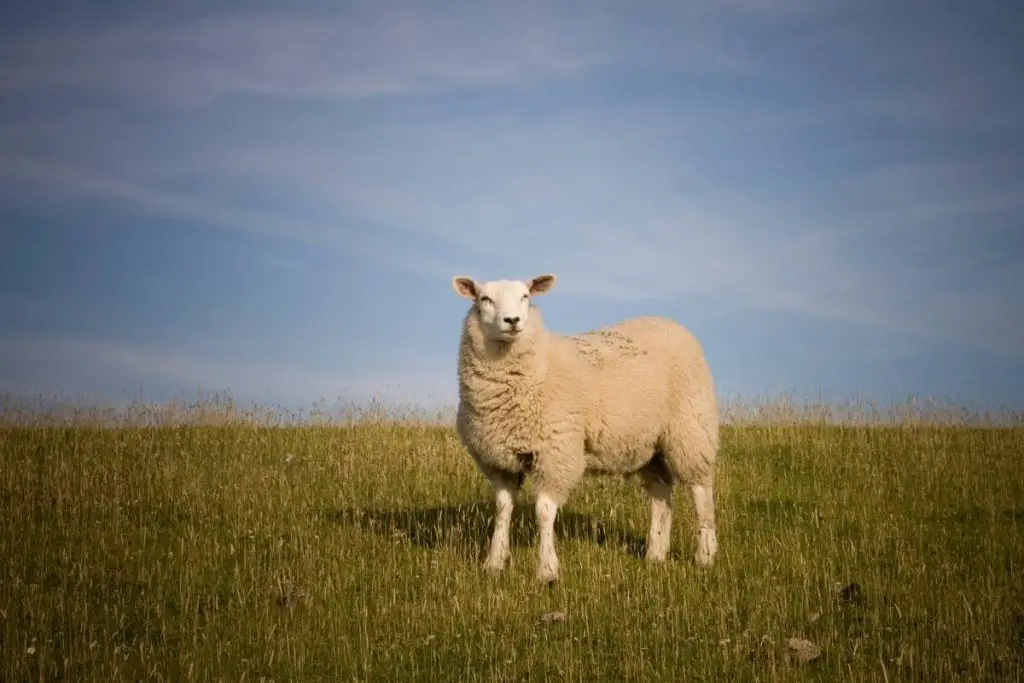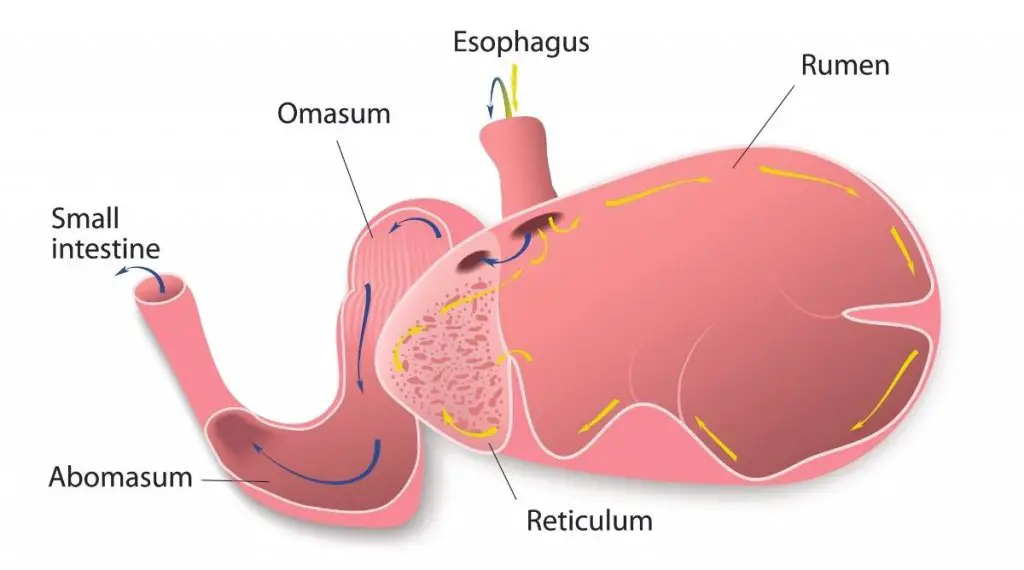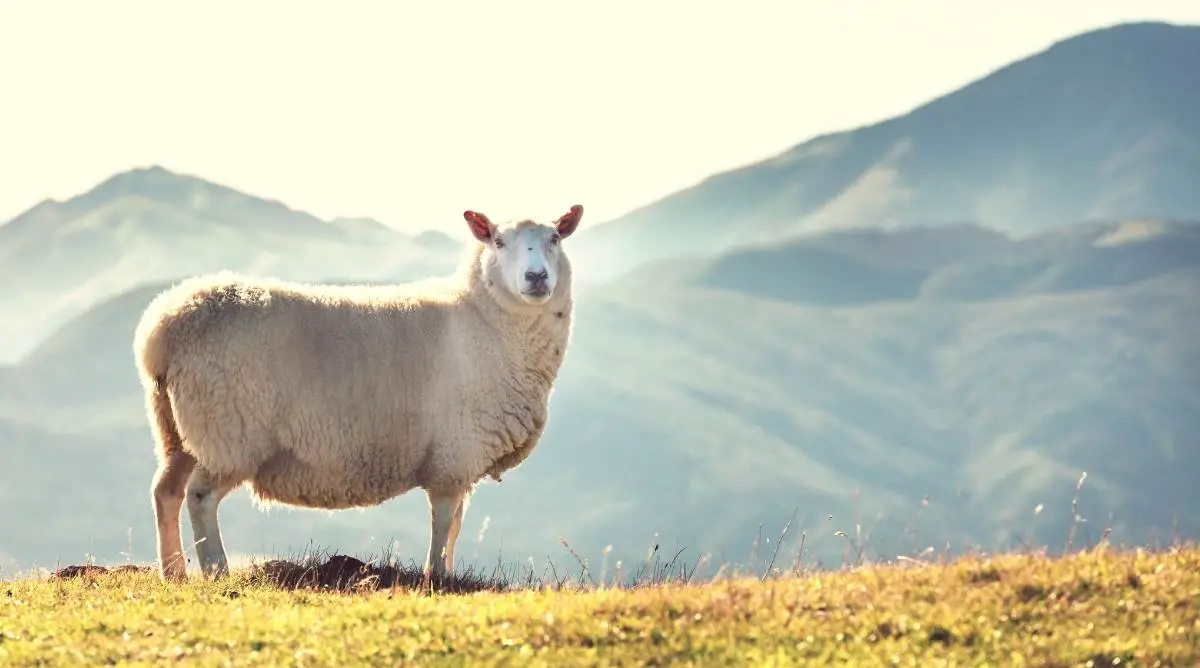The anatomy of a sheep includes, among other components, its reproductive system, skull, horns, digestive system, and other internal organs. Ewe anatomy is similar to ram anatomy, with the main difference being their reproductive systems, size, and frequently, lack of horns.
Table of Contents
Reproductive System
Ewe reproductive systems
The reproductive system of a ewe consists of ovaries, oviducts, and a uterus. The ova develop in the ovaries and are then released into the oviducts.
- The oviduct has a few different parts: a uterus, a cervix, and an area where the embryo develops before being implanted in the uterus. The uterus is lined with endometrium, which nourishes the embryo as it grows within it.
- A sheep’s heat cycle occurs around every 17 days.
- Sheep are in heat for around 24-36 hours during each cycle.
- Depending on the breed, sheep may breed only during a certain season. Some types of sheep breed all year round.
- Sheep pregnancies range from 138 to 159 days
Ram reproductive systems
Rams have two testicles. The testicles produce testosterone, which helps to build muscle mass and increase libido in rams. They also produce sperm.
Testosterone makes rams more aggressive toward other rams, leading to fights for dominance within their herd.
The daily average sperm count in rams is about 20 million sperm cells for each testicle.
Skull

Ewe skulls are smaller than ram skulls. Among horned sheep, the skull supports the horns. Its sturdy structure protects the brain from impact and potential injuries.
A sheep’s skull is composed of the maxilla, the frontal bone, the sphenoid bone, the occipital bone, and the parietal bone.
- The maxilla is located above the eye sockets. It is used as leverage for the ophthalmic muscles to attach to the skull.
- The frontal bone is located on the top and front of the head.
- The sphenoid bone attaches to the occipital bone at the back of the ewe’s head. It helps protect the brain.
- The occipital bone is located behind the ears and attaches to the skull, with a ball joint that allows for movement.
- The parietal bone surrounds the brain and forms part of the forehead. It also contains blood vessels and nerves that help control eye movement, hearing, balance, and smell.
Horns
Not all sheep have horns. Some breeds are polled, and ewes are less likely to have horns than rams.
Horned sheep have horns made of fibrous keratin tubules that protect against damage to the skull. Horns are used among rams for protection and fighting for territory against other rams.
Digestive System

Contrary to popular belief, sheep do not have four stomachs. They have one stomach with four compartments.
The four compartments of a sheep’s stomach are:
- Rumen: acts as an area where the ewe can store food. Fermentation of foods starts here.
- Reticulum: compresses the bolus (ball of food) and propels this towards the next compartment.
- Omasum: contains glands that secrete hydrochloric acid and enzymes needed for digestion.
- Abomasum: The abomasum is where food is combined with other enzymes and chemicals to break down its chemical bonds for absorption and utilization of nutrients.
Internal organs
Notable internal organs in a sheep include the heart, lungs, kidneys, liver, and spleen.
- The heart pumps blood and brings oxygenated blood to different body parts while excreting deoxygenated blood (a byproduct of the process) through the lungs.
- The lungs bring oxygen into the body and work with the circulatory system to get the optimal balance of acids and bases in the sheep’s body.
- The kidneys remove waste products from the bloodstream, thus improving the balance of minerals, salts, and water inside the sheep’s body.
- The liver aids in digestion by breaking down fats into smaller molecules for easier absorption.
- The spleen filters the blood plasma by fighting off viruses and bacteria. It also helps store blood.

